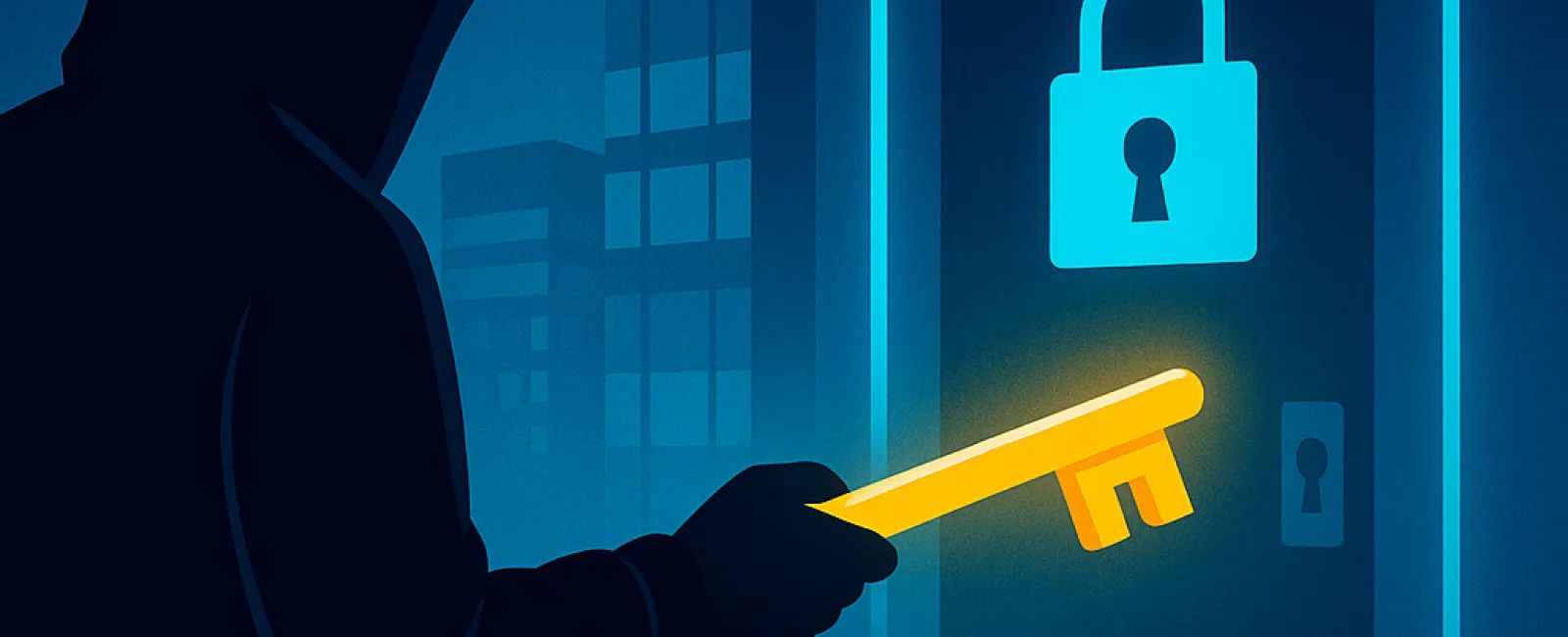August 02, 2025
At Tech for Senior Living, we know that the last thing you need is another unexpected emergency—especially one caused by a cybersecurity breach.
Cybercriminals are changing how they attack small businesses, including senior living communities right here in Colorado Springs, CO. Instead of breaking down the door, they're sneaking in with a stolen key…your login credentials.
It's called an identity-based attack, and it's
becoming the top way hackers get into systems. They steal passwords, trick
employees with fake e-mails or overload people with login requests until
someone slips. And, unfortunately, it's working -
In fact, one cybersecurity company reported that 67% of serious security issues in 2024 came from stolen logins.
Big companies
like MGM and Caesars were hit by this kind of attack just last year - and if it can happen to a Vegas casino with a multimillion-dollar IT department, it can happen to your 46-bed assisted living facility.
How Are Hackers Getting In?
Most of these attacks start with something simple,
like a stolen password. But the techniques are getting smarter:
· Fake
e-mails and login pages trick employees into handing over their info.
· SIM
swapping lets hackers steal the text messages used for 2FA codes.
· MFA
fatigue attacks flood your phone with login requests until you accidentally
click "Approve."
They're even targeting things like employee
personal devices or outside vendors (like your help desk or call center) to
find a way in.
4 Smart Cybersecurity Moves for Senior Living Communities
Here's the good news: You don't need to be a tech
wizard to protect your company. Just a few smart steps can go a long way:
1. Turn
On Multifactor Authentication (MFA)
This is the "double-check" step when logging in. Just make sure it's the right
kind: App-based or security key-based MFA is much safer than text messages.
2. Train
Your Team
One click on a fake email can bring down your network. We offer senior-living-specific phishing simulations and compliance-friendly training to help your staff spot scams fast.
3. Limit
Access
Only give employees access to what they need, not to everything. If a hacker
gets in, they won't get far if the account they're using has limited
permissions.
4. Use
Strong Passwords Or Go Passwordless
Encourage your team to use a password manager or, even better, tools like
fingerprint logins or security keys that don't rely on passwords at all.
This Is About More Than Firewalls
If this is you, the Executive Director juggling surveys, staff shortages, and tech that breaks down right before med pass—this isn't just about cybersecurity. It's about peace of mind.
When a resident can't FaceTime their daughter because the Wi-Fi is down—or worse, if a staff member gets tricked by a phishing email during an emergency—you carry the guilt, the blame, and the emotional weight. We get that.
That's why we're not just another IT company. We're Tech for Senior Living. And we're local. Veteran-owned. On-site when it matters. Our Cisco-certified engineers live here in Colorado Springs, and we guarantee 99.9% Wi-Fi uptime. No hold music. No "we'll get back to you." Just support that shows up and solves the problem.
Is Your Facility Vulnerable?
Let's find out—before an attack does.
Click here to schedule your free Tech Fire-Drill Walk-Through or call us at 719-510-5869 to book your FREE consultation.
We'll assess your current protections, simulate common threats, and help you build a plan that fits your budget, your workflow, and your residents.
You don't have to become a cybersecurity expert. You just need a partner who's already protecting senior living communities across Colorado Springs.
